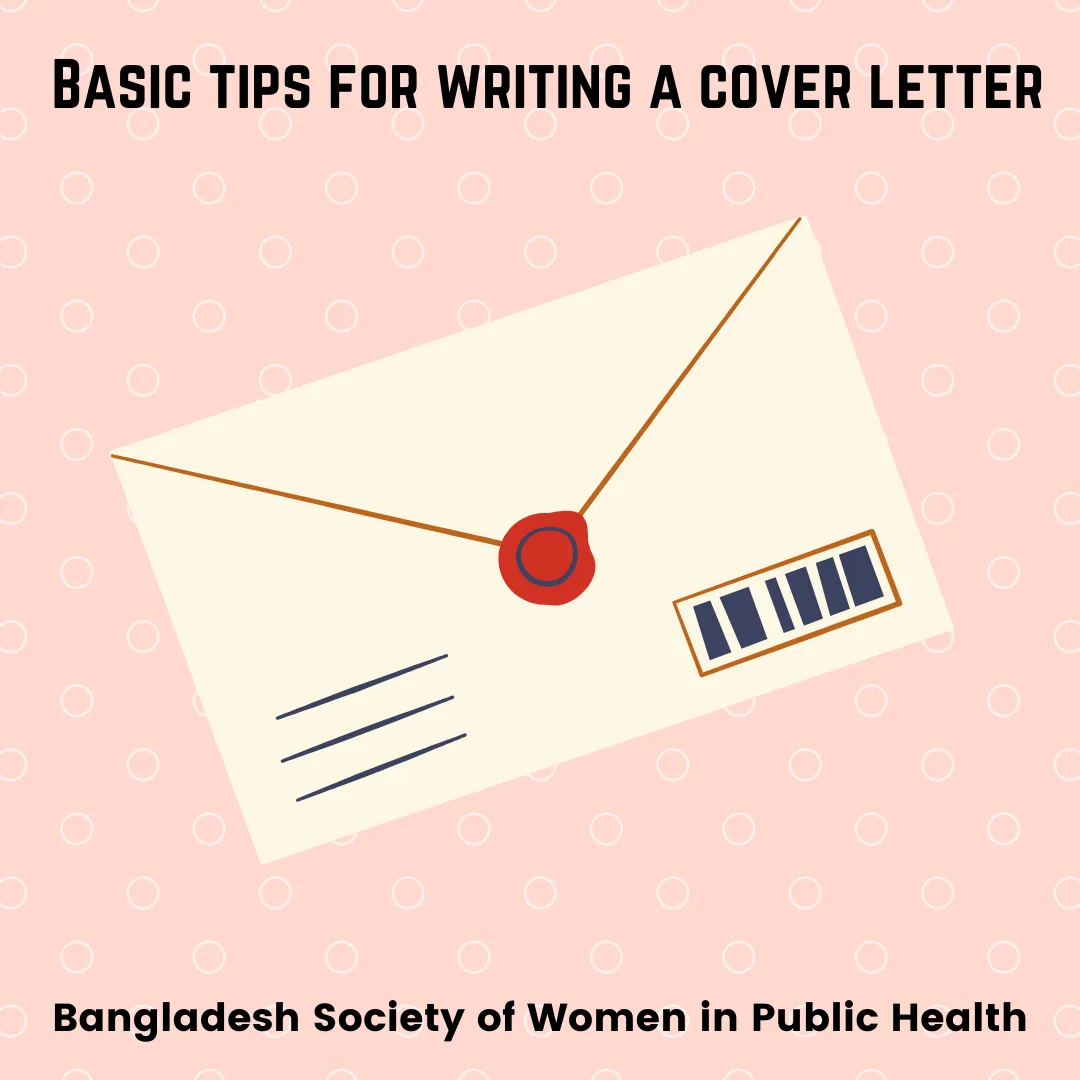Writing a cover letter can feel like a daunting task, but it’s an essential step in your job application process. A well-crafted cover letter can be your golden ticket to securing an interview, as it allows you to showcase your personality, skills, and enthusiasm for the role. In this guide, we’ll unveil the top 5 secrets to writing a cover letter that grabs attention and increases your chances of landing your dream job. By following these tips, you’ll be well on your way to crafting a cover letter that stands out from the crowd and makes a lasting impression on potential employers. Remember that the cover letter is your first chance to make a great impression.
Cover Letter: Top 5 Secrets to Success
Secret 1 Research the Company
Before you even start writing, it’s crucial to research the company. This shows that you’re genuinely interested in the opportunity and haven’t just sent out a generic application. Dive deep into the company’s website, social media profiles, and any recent news or press releases. Understanding their mission, values, and recent projects will allow you to tailor your cover letter to demonstrate how your skills align with their specific needs and goals. This is the most important among all the cover letter tips you will read. This also shows your initiative and proactiveness. It is a chance to get to know the people and company to show that you want to be a part of their team.
Understanding the Company’s Mission and Values
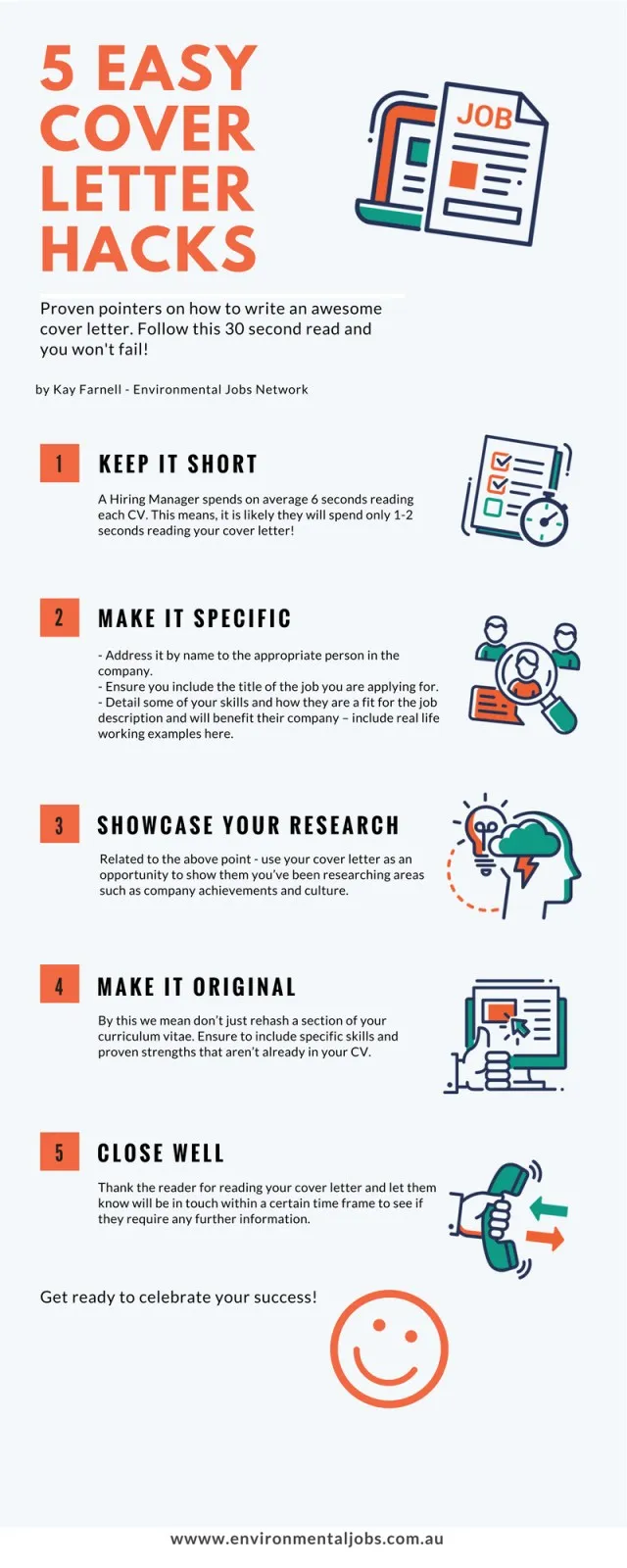
Every company has a unique mission statement and a set of core values that guide their operations. Identifying these can provide valuable insights into what the company prioritizes. Use this information to align your cover letter with these values. If a company values innovation, for example, highlight your innovative thinking and problem-solving skills. If they focus on teamwork, emphasize your collaborative experiences. Researching the company’s mission and values is critical for showing that you are a good fit, making them more likely to choose you for an interview.
Tailoring Your Cover Letter to the Job
Generic cover letters rarely impress hiring managers. Tailor your cover letter to the specific job you’re applying for. Carefully read the job description and identify the key requirements and desired qualifications. Then, use your cover letter to directly address how your skills and experiences meet those needs. This shows that you understand the role and have what it takes to succeed. Customize your cover letter for each job, highlighting the most relevant aspects of your experience and demonstrating a clear understanding of what the employer is seeking. This is also where you show the importance of the cover letter tips.
Secret 2 Highlight Relevant Skills
Your cover letter is a perfect place to showcase your skills. It’s important to go beyond just listing your skills; explain how you’ve used them in the past and how they relate to the job you’re applying for. Consider it a sales pitch, where you are selling your skills to the hiring manager. Focus on the skills that are most relevant to the position. Review the job description carefully and identify the key skills the employer is seeking. Make sure your cover letter emphasizes these skills, providing specific examples of how you’ve used them to achieve results in previous roles. Doing so proves that you have what it takes.
Identifying Key Skills from the Job Description
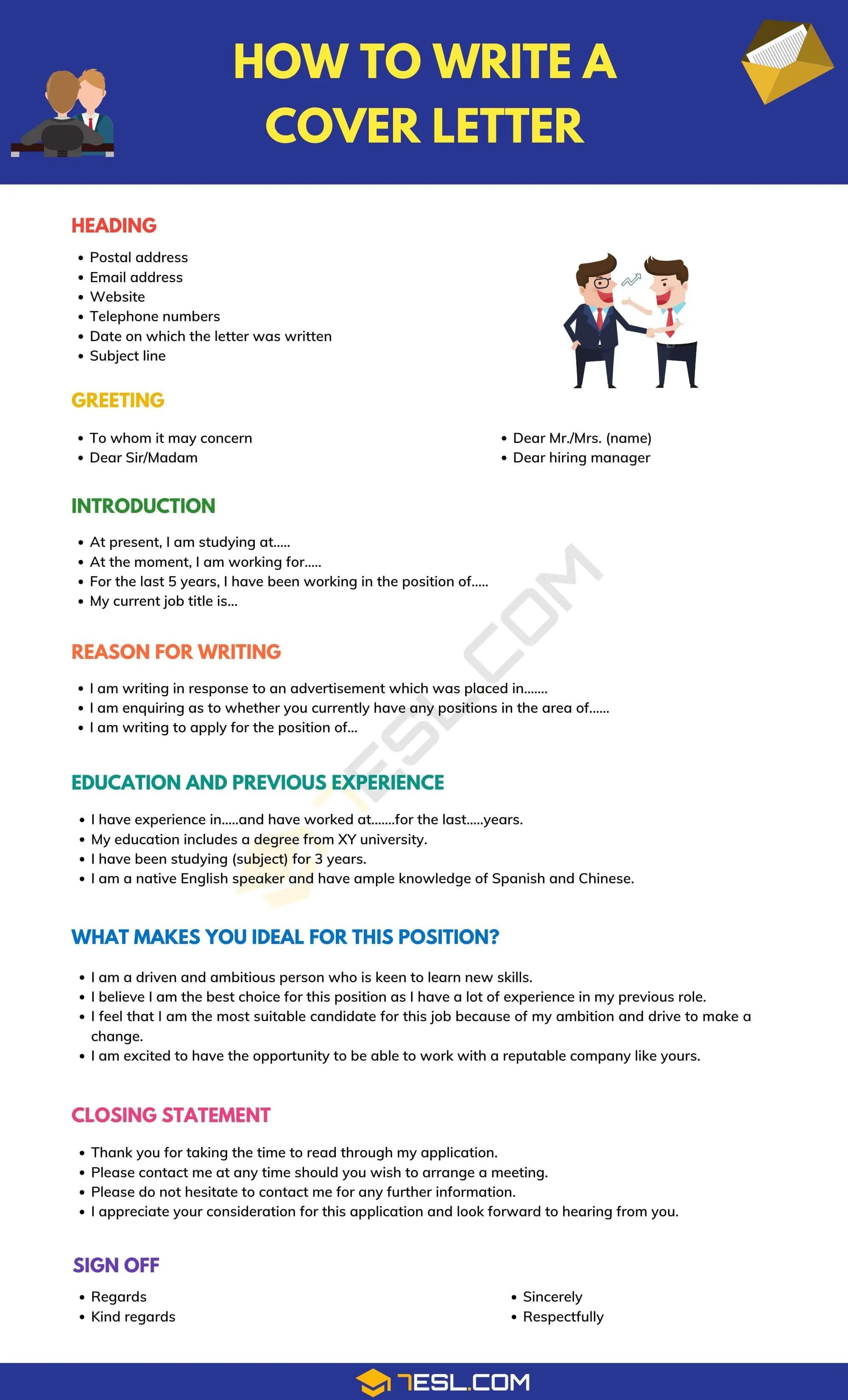
The job description is your roadmap. It outlines the essential skills, qualifications, and experience the employer is looking for. Carefully analyze the job description and create a list of the most important skills and requirements. Then, use your cover letter to address each of these points. This demonstrates that you understand what the job entails and are a strong match for the position. This is one of the most important cover letter tips. It is crucial for helping you tailor your cover letter to the specific needs of the employer.
Providing Examples of Your Skills
Don’t just state that you have a particular skill; provide concrete examples of how you’ve used it to achieve success. Instead of saying you’re a good communicator, describe a situation where you effectively communicated complex information to a diverse audience. Instead of saying you are organized, describe a time when you organized a project that resulted in efficiency gains. Using examples allows you to showcase the true impact of your skills and makes your application more compelling.
Secret 3 Show, Don’t Just Tell
The best cover letters don’t just tell the reader what you can do; they show them. This means using specific examples, quantifying your achievements, and providing concrete evidence of your skills. Instead of saying you’re a team player, describe a team project where you played a key role and the positive outcomes. The more you can demonstrate your abilities through action and results, the more likely you are to make a strong impression.
Using Action Verbs to Describe Accomplishments

Action verbs are powerful tools that can bring your cover letter to life. Start your sentences with strong action verbs to describe your accomplishments and responsibilities. Instead of saying ‘Responsible for managing projects,’ use ‘Managed projects,’ or ‘Led projects,’ or ‘Oversaw projects.’ This makes your cover letter more dynamic and engaging, allowing the hiring manager to instantly understand your contributions and the impact you made in your previous roles. Strong action verbs help create a vivid picture of your skills and accomplishments.
Quantifying Your Achievements
Whenever possible, quantify your achievements. Instead of saying you improved customer satisfaction, state that you improved customer satisfaction by 15%. Instead of saying you increased sales, state that you increased sales by 10% in six months. Using numbers adds credibility to your claims and provides concrete evidence of your abilities. It shows the impact you’ve had in previous roles and helps the hiring manager understand the value you can bring to their organization.
Secret 4 Format and Structure
A well-formatted cover letter is easy to read and visually appealing. Poor formatting can deter hiring managers from reading your letter. Use a professional font, such as Arial, Times New Roman, or Calibri, and maintain consistent font sizes throughout the document. Use clear headings and bullet points to break up large blocks of text and make your letter more scannable. Keep your paragraphs concise and use appropriate spacing to avoid a cluttered look. A clean and organized cover letter shows that you pay attention to detail and respect the reader’s time.
Proper Formatting for Readability
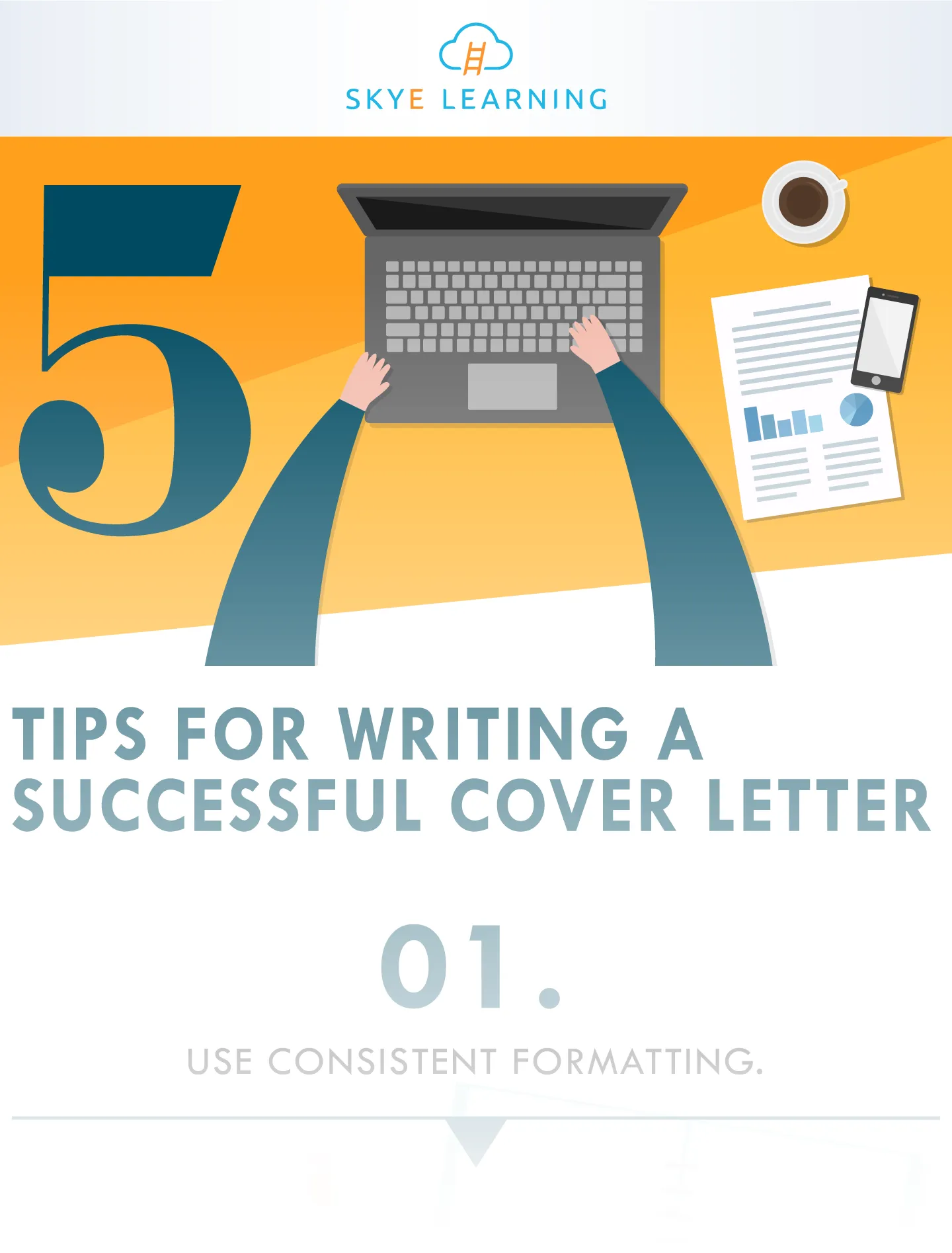
Good formatting is essential for readability. Use a professional font (like Arial, Times New Roman, or Calibri), and make sure your font size is easy to read. Keep your paragraphs short and concise, breaking up large blocks of text. Use bullet points to highlight key skills and accomplishments. Proper formatting helps to keep your cover letter easy to read and visually appealing to the hiring manager. Poor formatting makes it difficult to read and will deter them from reading your letter.
Crafting a Compelling Opening and Closing
Your opening and closing paragraphs are crucial. Your opening paragraph should immediately grab the reader’s attention and clearly state the position you are applying for. It should also highlight your most relevant skills and experiences. Your closing paragraph should reiterate your interest in the role, thank the hiring manager for their time, and include a call to action, such as expressing your availability for an interview. A strong opening and closing create a lasting impression and leave the hiring manager wanting to learn more.
Secret 5 Proofread and Edit
Errors in your cover letter can undermine your credibility. Proofread your cover letter carefully for any grammar, spelling, and punctuation errors. Read it aloud to catch awkward phrasing or run-on sentences. It’s also helpful to have a friend or family member review your cover letter for a second opinion. A polished, error-free cover letter demonstrates professionalism and attention to detail, which are qualities that employers highly value.
Checking for Grammar and Spelling Errors
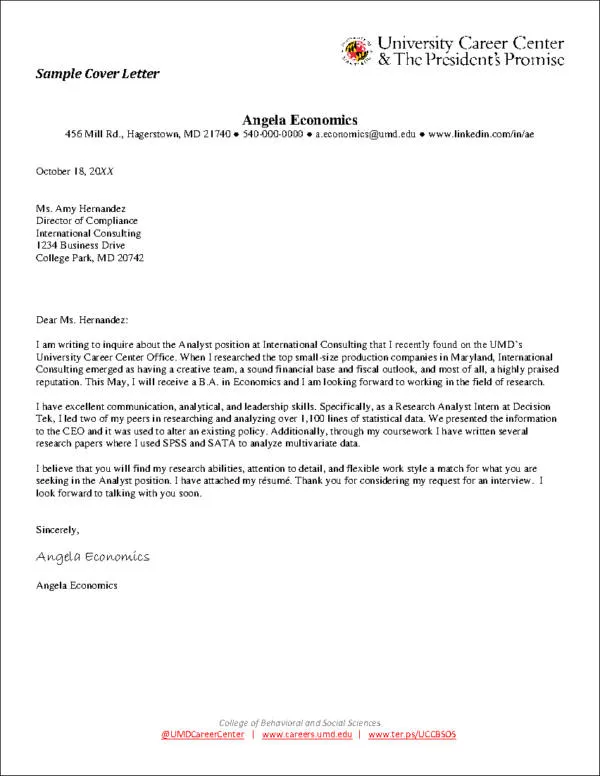
Grammar and spelling errors can be a major turnoff for hiring managers. Carefully proofread your cover letter for any mistakes. Use a spell checker and grammar checker, but don’t rely on them completely. Read your cover letter aloud to catch any awkward phrasing or run-on sentences. Consider having a friend or family member review it as well. A flawless cover letter shows that you pay attention to detail and are committed to presenting yourself professionally.
Ensuring a Professional Tone
Maintain a professional tone throughout your cover letter. Avoid using slang, jargon, or overly casual language. Use formal greetings and closings, such as ‘Dear [Hiring Manager Name]’ and ‘Sincerely’. Keep your language positive and enthusiastic. Your tone should reflect the company culture and the specific role you are applying for. The tone of your cover letter should reflect the kind of employee you want to be seen as.
In conclusion, mastering the art of cover letter writing is a crucial skill for any job seeker. By following these top 5 secrets – researching the company, highlighting relevant skills, showing instead of telling, paying attention to format and structure, and always proofreading – you can create a cover letter that grabs attention and gets you noticed. Remember that your cover letter is your first impression. Investing time and effort in crafting a compelling cover letter will significantly increase your chances of landing an interview and ultimately, the job you want. Good luck with your job search!
